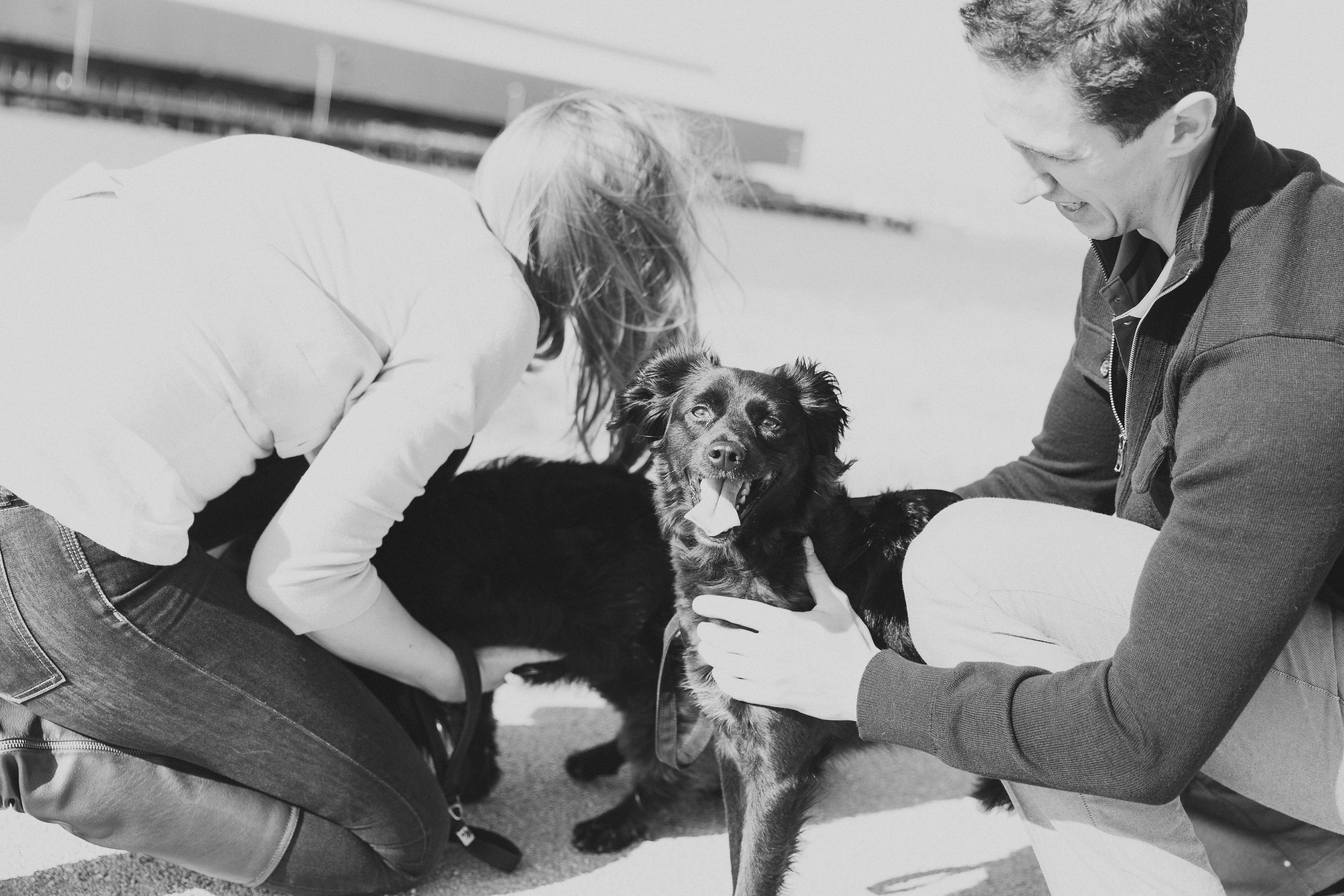If you suspect that your dog has a food allergy or sensitivity, it is important to find out what is causing the problem so that you can exclude it from his diet. The Elimination Diet is a process that systematically rules out the food or ingredient that is causing the problem. It takes some time and effort but is well worth it when the end result is a happy, healthy pup.
Poor quality food contains toxins and inferior ingredients that, over time, will weaken the immune system because they put so much stress on the organs and body. This can lead to allergies and sensitivities as well. That is why it is so important to feed your dog good quality food.
There are five common dog food ingredients that are considered to be high-risk for causing allergies. They are:
- Wheat
- Corn
- Soy
- Rice
- Beet Pulp
Many dogs benefit from excluding these ingredients and they do just fine. Sometimes it’s a single protein that is the culprit. As a rule of thumb, fresh, raw, and minimally processed foods are the safest dog food choice.
The Elimination Diet for dogs lasts about 10 to 12 weeks. It should not be continued beyond this time unless under the supervision of a veterinarian because it is not nutritionally balanced. For the most part, you should avoid feeding commercial dog food. There are a few that are recommended by veterinarians but they can be as much as 30% more expensive.
This is a simplified explanation of the Elimination Diet, week by week. Keep a journal and document what you feed and any allergy symptoms you observe. Use a veterinarian approved “safe” dog food as your base. Each time you switch an ingredient, feed it for three days then see if your dog exhibits any allergy symptoms. Write them down, then feed the approved food to “clear out” the dog’s system and ready it for the next ingredient. Never add any seasoning to the ingredient, not even salt. You can lightly cook it but don’t overcook.
“The Elimination Diet is a process that systematically rules out the food or ingredient that is causing the problem.”
Phase 1 – Begin by gradually transitioning from your dog’s regular food to the “safe” food. This takes about a week:
- 2 days – 75% regular food and 25% safe food
- 2 days – 50% regular food and 50% safe food
- 2 days – 25% regular food and 75% safe food After the transition, your dog should be on the safe diet 100% of the time.
Phase 2 – Start observing your dog, looking for allergy symptoms. This phase lasts about 8 weeks. If you notice that the allergy symptoms go away after 8 weeks, you can move on to Phase 3. If you still see symptoms, get your veterinarian involved so that they can check.
Phase 3 – If the allergy symptoms are no longer present, feed your dog a meal of the regular diet. This will confirm that your dog was experiencing a food allergy. If you see the allergy symptoms return within 3 days (72 hours), then a food allergy is confirmed. Feed the regular diet for a week then move on to Phase 4.
Phase 4 – In this final phase you will systematically test a different ingredient each week so that you can identify which foods and ingredients are safe and which cause allergies.
- Week 1 – Chicken only for 3 days. Observe and document allergy symptoms. Feed “safe” food for days 4 through 7 to “clear out” the system.
- Week 2 – Beef only for 3 days. Observe and document allergy symptoms. Feed “safe” food for days 4 through 7 to “clear out” the system.
- Week 3 – Corn only for 3 days. Observe and document allergy symptoms. Feed “safe” food for days 4 through 7 to “clear out” the system.
- Week 4 – Soy or 3 days. Observe and document allergy symptoms. Feed “safe” food for days 4 through 7 to “clear out” the system.
- Week 5 – Egg only for 3 days. Observe and document allergy symptoms. Feed “safe” food for days 4 through 7 to “clear out” the system.
Once you have identified the ingredients that cause allergies you can eliminate them from your dog’s diet. This means reading pet food labels and taking a more proactive, educated approach to feeding your dog.

